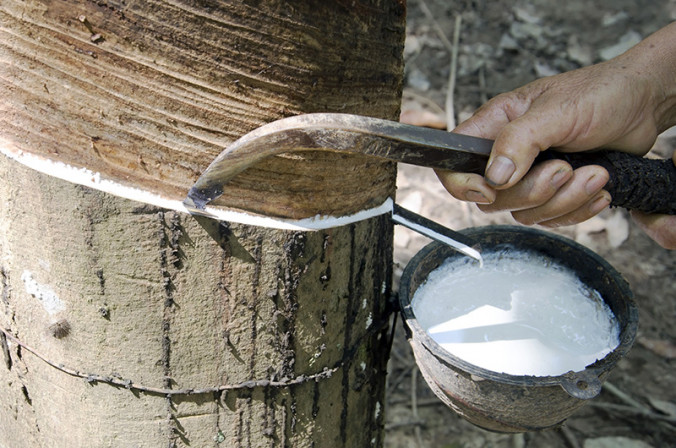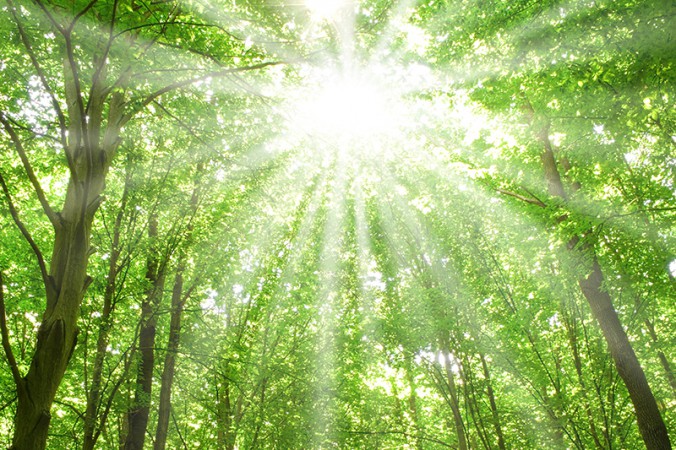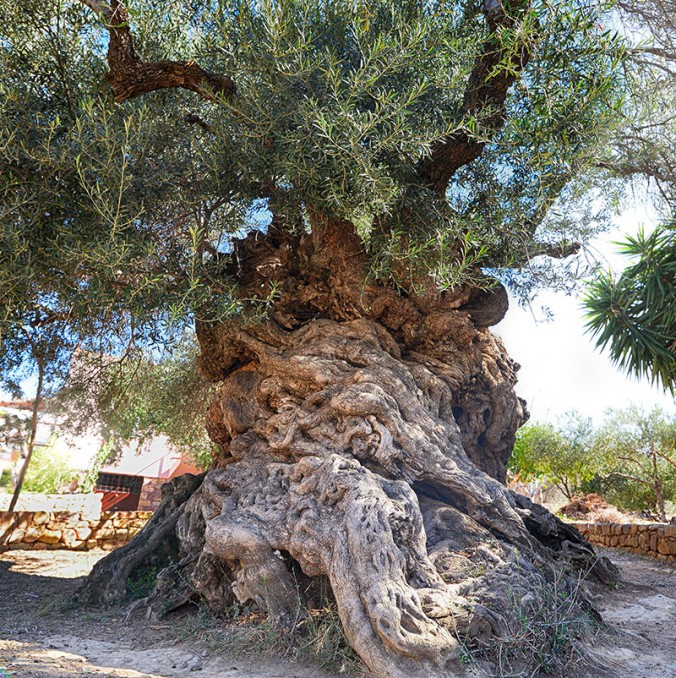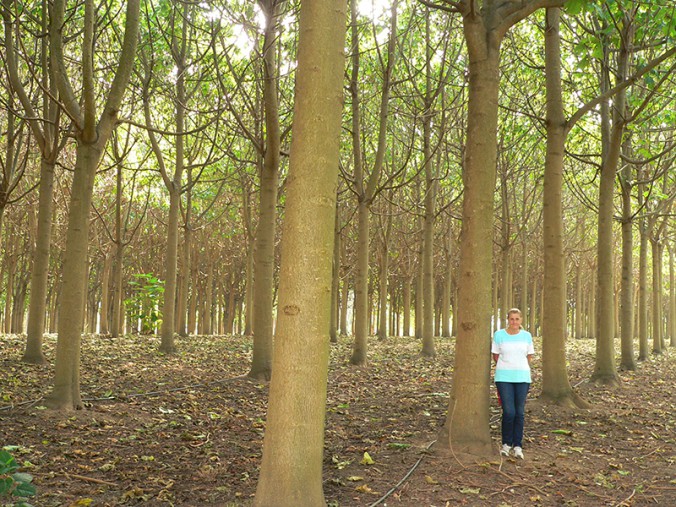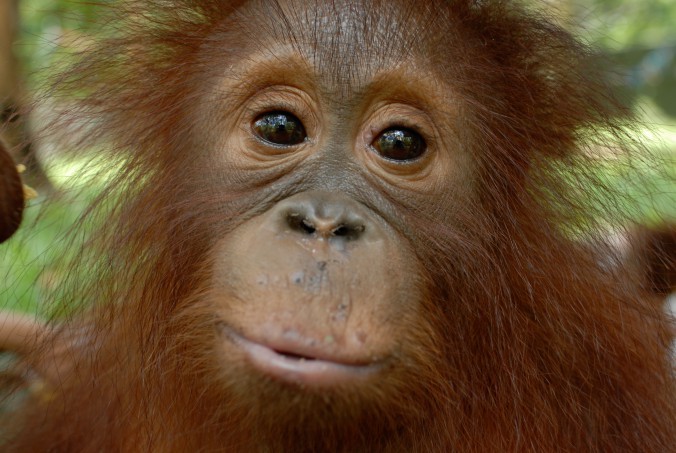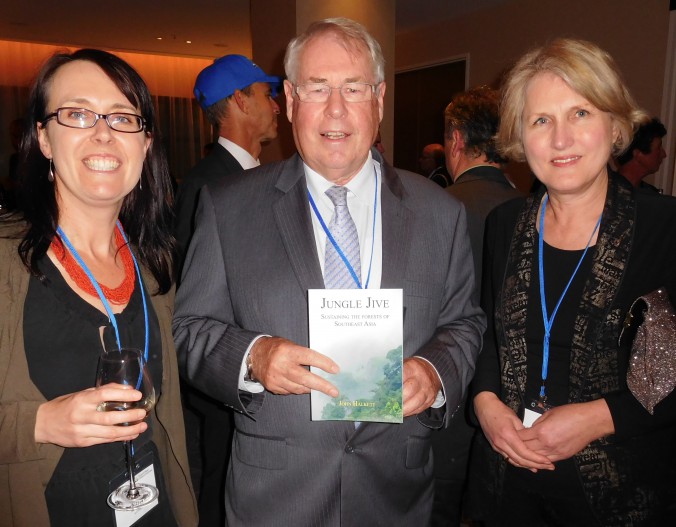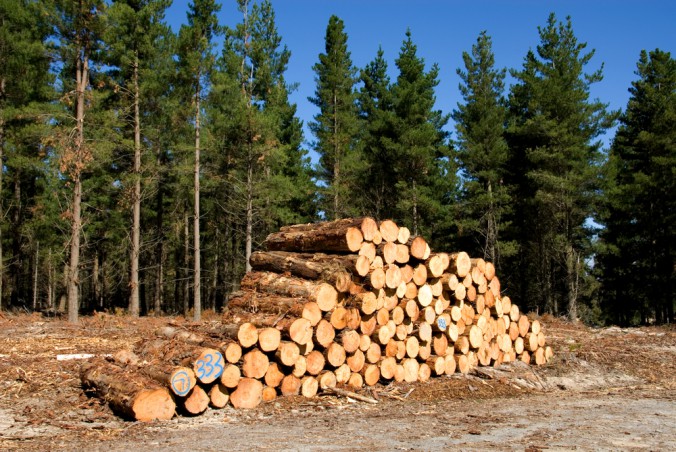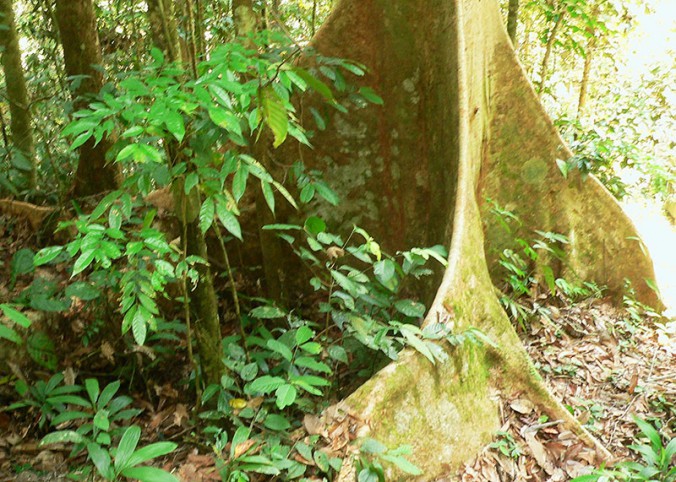Rubber trees (Hevea bransiliensis) are tall deciduous trees growing to a height of up to 45 metres in the wild, but cultivated trees are usually much smaller because drawing off latex restricts growth. The inner bark oozes latex when damaged.
Native to the Amazon and Orinoco river basins of Brazil, Venezuela and Colombia, rubber trees where originally called caoutchouc, from the indigenous cauchy, or ‘weeping wood’. The rubber tree is a member of the Euphorbiaceae (spurge) family. Its creamy latex is a suspension in water of about 50 per cent rubber ready to be excluded and quickly… Read more “Rubber … from the Spanish Court to pneumatic tyres”
